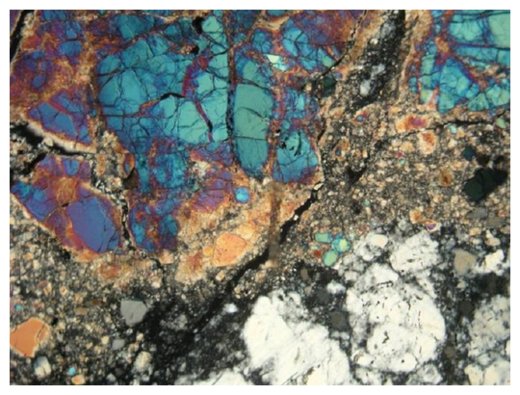
© NASA/SVS(Illustration) This comparison shows the relative complexity of the solar magnetic field between January 2011 (left) and July 2014. In January 2011, three years after solar minimum, the field is still relatively simple, with open field lines concentrated near the poles. At solar maximum, in July 2014, the structure is much more complex, with closed and open field lines poking out all over – ideal conditions for solar explosions.
The surface of the sun writhes and dances. Far from the still, whitish-yellow disk it appears to be from the ground, the sun sports twisting, towering loops and swirling cyclones that reach into the solar upper atmosphere, the million-degree corona - but these cannot be seen in visible light. Then, in the 1950s, we got our first glimpse of this balletic solar material, which emits light only in wavelengths invisible to our eyes.
Once this dynamic system was spotted, the next step was to understand what caused it. For this, scientists have turned to a combination of real time observations and computer simulations to best analyze how material courses through the corona.
We know that the answers lie in the fact that the sun is a giant magnetic star, made of material that moves in concert with the laws of electromagnetism."We're not sure exactly where in the sun the magnetic field is created," said Dean Pesnell, a space scientist at NASA's Goddard Space Flight Center in Greenbelt, Maryland. "It could be close to the solar surface or deep inside the sun - or over a wide range of depths."
Getting a handle on what drives that magnetic system is crucial for understanding the nature of space throughout the solar system: The sun's magnetic field is responsible for everything from the solar explosions that cause space weather on Earth - such as auroras - to the interplanetary magnetic field and radiation through which our spacecraft journeying around the solar system must travel.
So how do we even see these invisible fields? First, we observe the material on the sun. The sun is made of plasma, a gas-like state of matter in which electrons and ions have separated, creating a super-hot mix of charged particles. When charged particles move, they naturally create magnetic fields, which in turn have an additional effect on how the particles move. The plasma in the sun, therefore, sets up a complicated system of cause and effect in which plasma flows inside the sun - churned up by the enormous heat produced by nuclear fusion at the center of the sun - create the sun's magnetic fields. This system is known as the solar dynamo.


Comment: See also these other recent reports: Nacreous cloud seen over Leicester, UK
Glowing 'mother of pearl' clouds color Scotland's skies
'Fire rainbow' photographed over Lecce, Italy
'Fire rainbow' appears in Auckland, New Zealand's skies
Colorful polar stratospheric clouds return to Swedish skies
Colorful 'mother of pearl' cloud appears in Swedish skies
'Fire rainbow' spotted over Saint John, New Brunswick
Giant fire rainbow colors the sky over Bangkok and baffles residents